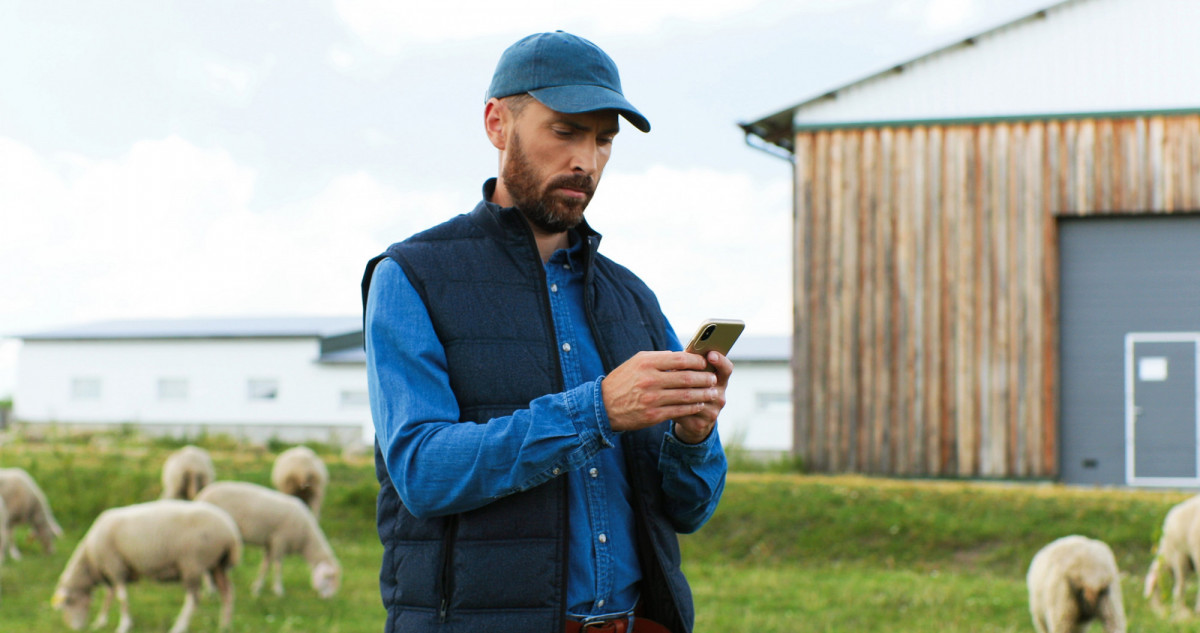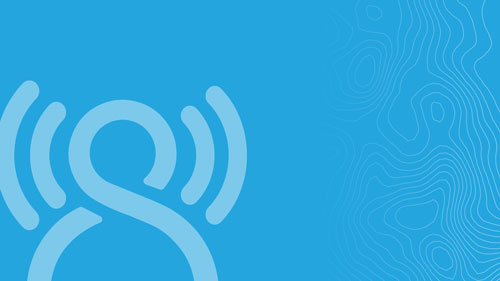
The App For Working alone
28 October 2021

Top five Tips For Working Out Of Coverage. What to consider when sending staff out of cell coverage for work? Our Top Five Tips
Sending staff out of cell coverage for work is often associated with the wilderness, isolation and the outback, but this might not always be the case. If you are preparing for a project out of cell coverage, here are our top tips on making the experience safe and enjoyable.
1 – Encourage video and photo taking, lots of it
This might be a surprise number one tip but working remotely is more often than not very scenic, and the photos your team take will make for great memories and marketing material for your organisation.
It can also be a massive effort to get to site and it is much easier to look back on photos for something work-related that was missed rather than heading back for a repeat visit! The more videos and photos your team take, the better.
Before leaving make sure your team have plenty of storage for photos and recharging options. Even consider pre-planning what you will photograph.
2 – What to do when nature calls
Not every bear is keen to sh*t in the woods. Working out of cell coverage can make finding toilet stops a surprisingly stressful challenge. What is normally a quick Google search to find amenities is not an option, and there are plenty of stories of staff going completely off track in an attempt to find facilities they are comfortable to use. Pre-planning this will make it a pleasant experience for all.
3 – Navigation
In the age of looking everything up on Google Maps, navigation can be a challenge without preplanning. Consider downloading the maps you need to be accessible offline before you go. Most mapping apps have an offline option and most will allow fully functional driving directions out of cell coverage. Here’s a link on how to use Google Maps offline:
https://support.google.com/maps/answer/6291838?co=GENIE.Platform%3DiOS&hl=en
Even better, go old school and buy or print hard copies of the maps you need, who doesn’t love a good paper map?
4 – Duct Tape and a shovel
Honestly, the number of things that can be fixed and patched to get a job done with some basic tools cannot be underestimated - especially when out of cell coverage. We highly recommend taking some basic supplies needed to self help if something breaks or gets stuck. Speaking of getting stuck, consider what would be needed if your vehicle gets stuck and how much drinking water and food you’d need to survive until help arrives.
5 – Communications, checking in and getting help
You have a legal requirement and a duty of care to provide effective means of communication for all staff to arrange help if needed. We would recommend a means of two-way communication. Though SMS is typically sufficient from a safety and checking in point of view; not every situation requires the help of emergency services and two-way comms makes arranging help internally, much easier.
Two-way voice might be useful from a social point of view, people like to talk to their families at the end of the day, especially if you are sending them out of coverage for an extended period of time.
Finally, consider a social and safety check-in schedule to confirm everything is A OK in the field. Depending on the risks and number of people on-site, you might want staff to check in several times a day or just at the end of it.
There is a lot to consider when working out of cell coverage, we certainly haven’t covered it all… What are your top tips?
